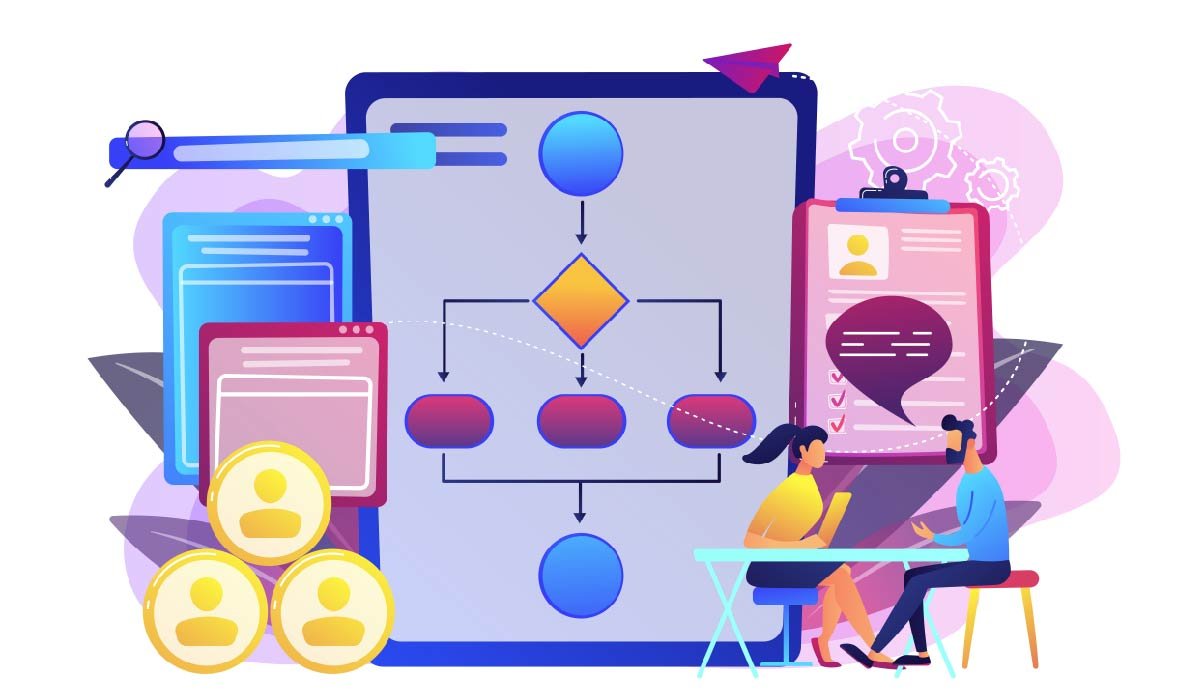Blog
Difference between HubSpot Sequences & Workflows

There are plenty of HubSpot tools to help make communication quicker and handle many processes in marketing, sales, and customer support automatically. Automation in Drupal is valuable due to Sequences and Workflow. Although both are created for teams to save time and develop leads, they are created for different purposes and function differently. When you know when to apply Sequences or Workflows, you can improve the way your messages are delivered to your prospects.
Understanding HubSpot Sequences
Mainly, sales teams rely on HubSpot Sequences for reaching out to individuals. They exist to send individual emails and take care of follow-up activities, all while maintaining humanity. After a prospect is put into a sequence, they receive a series of emails over time and the rep will be prompted to make a call or send a message via LinkedIn.
Sequences are activated only when you tell them to. Situations and tasks allow a salesperson to pick the customer, set the timing, and alter steps for each individual. They will no longer receive more emails since they or someone else has reached out or scheduled a meeting.
You can use sequences to reach a target list, reach out suddenly, follow after a call, or work a deal that’s gone quiet. Because they are associated with one person’s actions, they help you focus on their interests — something valuable in most sales.
Exploring HubSpot Workflows
Workflows, however, provide greater power and flexibility and are used in marketing, sales, and service. When a person is added to a marketing list, it is usually triggered by contacting your business through form submission, downloading a resource, transitioning to another lifecycle stage, or visiting a certain web page.
Unlike Sequences, Workflows are designed for one-to-many communication. Define your own conditions to enroll many contacts and right away, you can give out tasks, send emails, update data, score new leads,s and much more. Workflows can run without stopping each day, helping in lead nurturing, welcoming new customers, email marketing, company procedures, and marketing automation.
It is possible to design workflows that use conditions, waits, and criteria-based goals to ensure the best experience for leads and customers according to how they interact with your company.
Key Differences Between Sequences and Workflows
The key way Sequences and Workflow differ is through the audience, the level of personalization, and what sets things in motion.
Sequences are manual, individual, and focused on sales engagement. These strategies depend on people’s opinions and traditionally, they involve setting up a meeting or expecting a reply. Instead of tracking every interaction, sales reps can rely on Sequences to manage their follow-ups automatically.
Workflows are automated, scalable, and designed for long-term engagement. They can handle managing large groups of contacts, repeatable tasks, and ensuring consistent follow-ups for leads and customers depending on their behavior or certain data.
Furthermore, Sequences use the inbox of the sales rep to deliver emails, so they feel more direct to the recipient. Since emails in Workflows are sent from marketing or system addresses, they are more suitable for newsletters, drip campaigns, or communications based on a customer’s activity.
When to Use Sequences
If you want to build a relationship with one person, use sequences. If you are focused on reaching out to potential clients, arranging demos, or following up after hosting an event, Sequences can help you automate your communication. Sales reps can edit the Sequence to suit their preferences and never miss following up with leads.
Since it’s an automated process, Sequences should be used mainly with contacts who know something about your business. They help salespeople work smarter, not harder.
When to Use Workflows
You should use workflows when you intend to run a continuous campaign that you don’t need to upkeep by hand. Workflows enable you to automatically apply complex strategies to both small and large groups of people as you grow your lists, capture leads, assign contacts, or support prospects.
Workflows are also crucial for aligning marketing and sales. You may set up a Workflow to inform sales when a contact becomes qualified by marketing or start certain in-house actions when a particular stage in a deal is reached.
The Power of Using Both Together
Although Sequences and Workflows are different, they work best when used together. A contact can be automatically transferred to a sales rep and notified when it’s time for them to contact the person. After that, reps can place the contact in a Sequence for personal messages.
With the link between these two, no opportunities are overlooked and every lead receives the proper attention at the proper time.
Conclusion
These tools are important, yet they are used at various stages in the customer journey. Sequences make it easier for salespeople to personally reach out to potential clients. Automating tasks using workflows is possible for marketing and operations teams and helps them reach more people. Knowing which tools to use and when makes your business more efficient, draws more people to interact with you and leads to more conversions everywhere.
-

 Celebrity1 year ago
Celebrity1 year agoWho Is Jennifer Rauchet?: All You Need To Know About Pete Hegseth’s Wife
-

 Celebrity1 year ago
Celebrity1 year agoWho Is Mindy Jennings?: All You Need To Know About Ken Jennings Wife
-

 Celebrity1 year ago
Celebrity1 year agoWho Is Enrica Cenzatti?: The Untold Story of Andrea Bocelli’s Ex-Wife
-

 Celebrity1 year ago
Celebrity1 year agoWho Is Klarissa Munz: The Untold Story of Freddie Highmore’s Wife
















